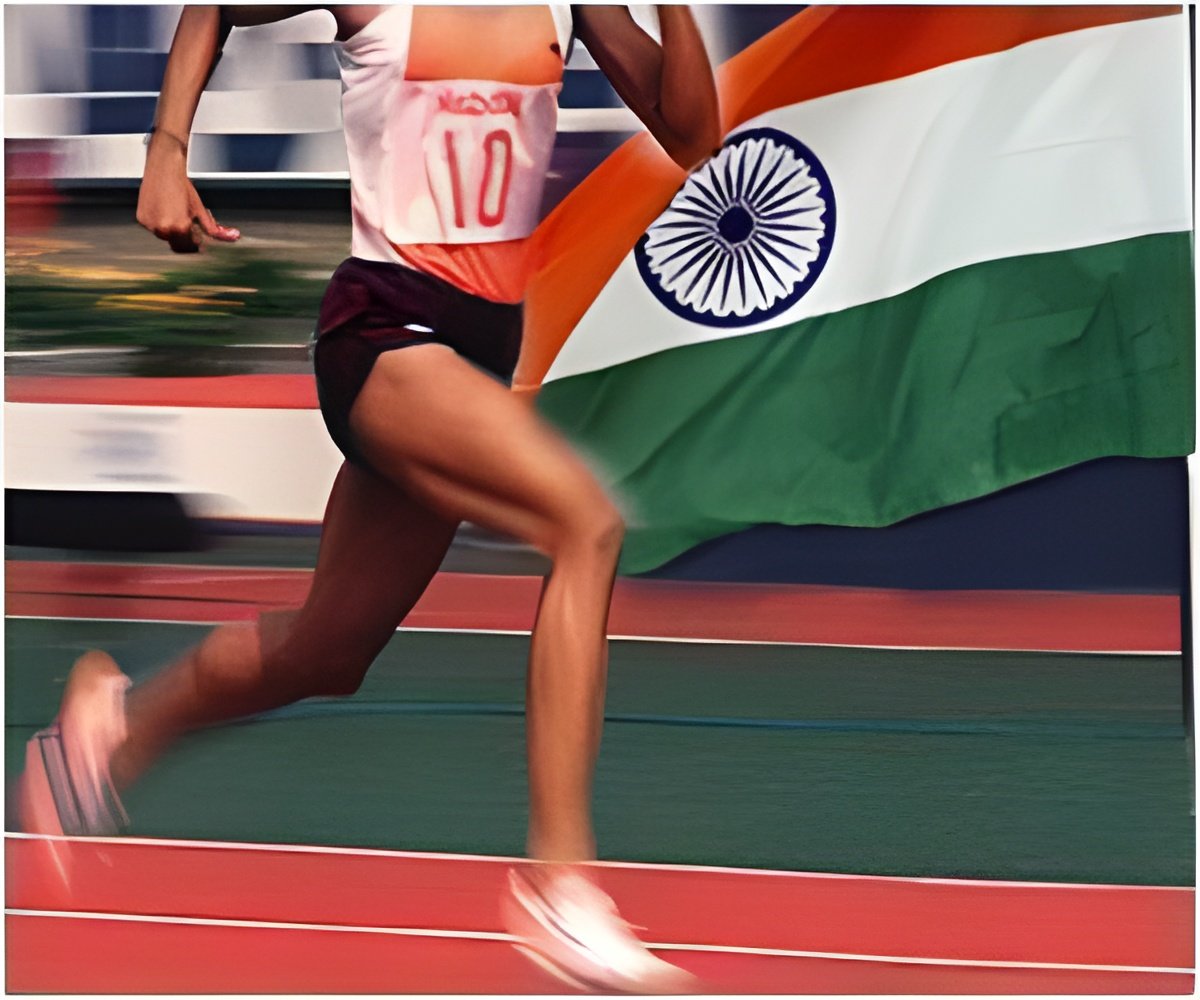In the last 60 years, India has made rapid strides in the health sector and this is indicated by a greater quality of life and increased life span.

A look at the health arena corroborates the fact that India is a country of contradictions. Rapid strides have been made in the health sector, indicated by a greater quality of life and increased life span. For the second most populous country, bursting at her seams with teeming billions, the national averages are impressive.
Some of the achievements in the field of health made during the last 60 years are listed below:
Increased life expectancy - India’s billionth child is less likely to die during childhood and more likely to live beyond the age of 60 years, which is twice as long as her great grandfather.
An Indian’s life expectancy was just over 40 years in 1947 – today it is 64 years.
» Decreased Infant Mortality Rate (IMR) - Infant mortality rate has been reduced by half.
In 1947, 146/ 1,000 infants born died before their first birthday. The infant mortality rate now stands at 68/1,000.
» Immunization - Now, 42% of Indian children receive immunization.
» Birth control - More and more couple are opting for birth control and are having fewer children.
» Women and child health - The health care for both the mother and child has significantly improved. Several more deliveries are taking place in hospitals under the supervision of health care professionals.
» Private health care - The private health care infrastructure is comparable to that found in developed countries. This has generated a boom in medical tourism with patients from all over the world ,including the developed countries, arriving in India-the ‘Mecca of medicine’.
These averages, however, hide a huge disparity between states like Kerala, which boasts of health indicators similar to those of the developed countries, and states like Bihar and Madhya Pradesh, where the health scenario is still appalling. There are several pockets of concern in the fabric of health, a few of which are listed below:
» One third of married women and 45%of children under 3 yrs have nutrition deficiency problems.
» The rural scenario is a matter of concern-only 31% have access to proper water supply, while a meager 0.5% enjoy basic sanitation.
» Female infanticide is quite common in several parts of rural India and this has led to an imbalance in the overall male –female ratio.
In 2001 census the ratio was 927 girls to 1000 boys against a world average of 1045 women to 1000 men. In Chandigarh there are just 773 girls for 1000 boys. A son-mania in Punjab and some of the northern states is likely play havoc.
|
Death of children, below the age of five, accounts for more than one-third of all deaths in India. |
» Babies continue to die for the wrong reasons-preventable diseases,lack of access to basic health care and other amnesties.
» Infectious and parasitic diseases, which were rampant during the era of independence, continue to snuff out lives even in the present times.
- TB is a common killer, especially among the economically challenged.
- AIDS is the ‘Democle’s sword’ on the current health scene.
Recent reports indicate that several eradicated diseases, such as polio, have once again begun to raise their ugly heads.
» The incidence of life-style diseases, such as diabetes, hypertension and asthma has stupendously increased. They will soon achieve the ‘numero uno’ killer status by dethroning the current champions-infectious diseases.
» There is a need to regulate the harmful practices that are now endemic to certain medical procedures such as kidney transplants involving donors and Assisted Reproductive Technology (ART)
Although the private healthcare is booming, the public sector needs to be completely revamped to cater to the needs of the ordinary, who depend on the private sector for 70-80% of their primary health care needs.
The elected government of this great democracy should single-mindedly identify and serve the needs, particularly the health needs, of all the citizens of this country in order to avoid the disasters of disparity. On this 60th anniversary of our independence let us focus on the motto ‘Health for one, Health for all’ and conscientiously strive to create a healthy India.
Source-Medindia





